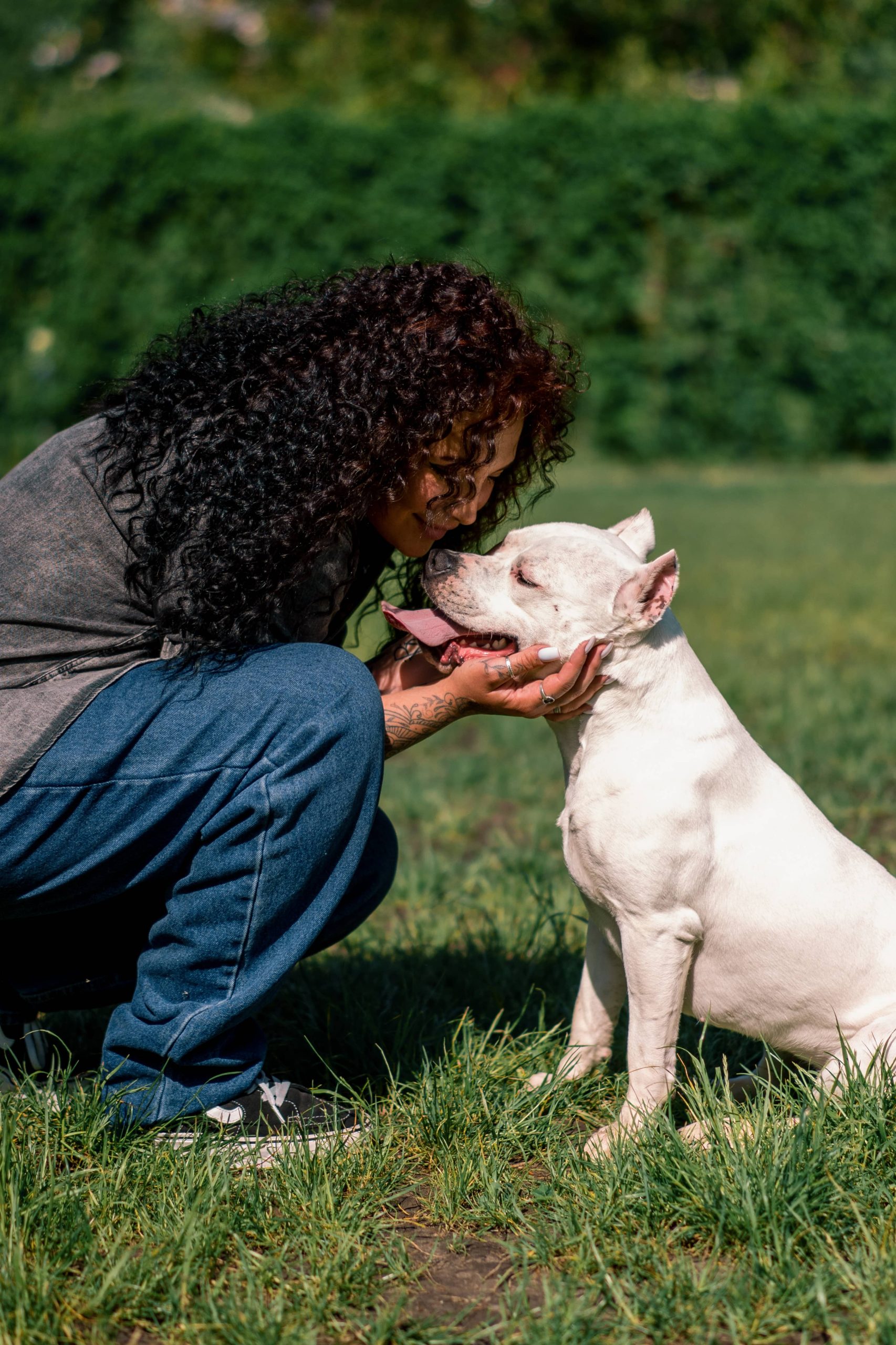
Training your pet is a rewarding journey for both the owner and the animal. One of the most effective methods for training is positive reinforcement, where you reward your pet for desired behavior. This nurturing approach fosters trust and strengthens the bond you share with your furry friend. The key to successful reward-based training lies in using the right treats. But what makes a treat “the best” for this purpose? Let’s delve into this topic and explore some top-notch options.
What to Look for in a Training Treat
Before diving into specific treat recommendations, it’s important to understand the qualities that make a treat ideal for training:
1. High Value: The treat should be something your pet finds incredibly delicious and motivating. This makes them more likely to perform the desired behavior to earn the reward.
2. Size: Training treats should be small enough to eat quickly, allowing for numerous repetitions during a training session without filling up your pet too quickly.
3. Healthy Ingredients: Since you’ll likely be giving your pet many treats during training, it’s essential that they are made of high-quality ingredients and provide nutritional benefits.
4. Ease of Handling: Treats should be easy for you to carry, break apart, and distribute during training sessions.
Types of Training Treats
Commercially Available Treats
There are countless commercial treats on the market formulated specifically for training. Here are some of the best options:
1. Zuke’s Mini Naturals
Zuke’s Mini Naturals are a favorite among trainers and pet owners. These small, soft treats come in various flavors like chicken, peanut butter, and salmon. They are low in calories, making them ideal for lengthy training sessions, and are made from wholesome ingredients without any artificial preservatives.
2. Blue Buffalo BLUE Bits
BLUE Bits are soft, moist, and tasty bites perfect for training. They are rich in DHA to support cognitive development, making them a great choice for puppies in training. Available in flavors like chicken, salmon, and turkey, these treats are all-natural and contain no corn, wheat, or soy.
3. Cloud Star Tricky Trainers
Cloud Star Tricky Trainers are soft, chewy, and come in convenient bite-sized pieces. They’re perfect for any type of training and come in delicious flavors like cheddar, liver, and salmon. These treats are low in fat and calories, making them a healthy option for frequent rewards.
Homemade Treats
Homemade treats can be a fantastic option, especially if your pet has allergies or dietary restrictions. Here are some simple yet delicious recipes:
1. Peanut Butter and Pumpkin Treats
– Ingredients:
– 2/3 cup pumpkin puree
– 1/4 cup peanut butter
– 2 large eggs
– 3 cups whole wheat flour.
– Instructions:
1. Preheat your oven to 350°F (175°C).
2. Mix the pumpkin puree, peanut butter, and eggs in a bowl until well-blended.
3. Gradually add the flour and mix until a dough forms.
4. Roll out the dough and cut it into small pieces.
5. Place the treats on a baking sheet and bake for about 20-25 minutes or until golden brown.
2. Chicken and Broccoli Bites
– Ingredients:
– 1 cup cooked chicken, finely chopped
– 1/2 cup broccoli, finely chopped
– 1 large egg
– 1/2 cup oat flour.
– Instructions:
1. Preheat your oven to 350°F (175°C).
2. Combine the chicken, broccoli, egg, and oat flour in a bowl.
3. Mix until you have a well-combined dough.
4. Roll small balls from the mixture and place them on a baking sheet.
5. Bake for 15-20 minutes or until firm.
Tips for Using Treats in Training
1. Mix It Up: Even the tastiest treat can become predictable if used exclusively. Rotate between a few different high-value treats to keep your pet motivated.
2. Use Treats Appropriately: Treats should be given immediately after the desired behavior to ensure your pet makes the connection between the action and the reward. Be consistent and clear with your rewards.
3. Monitor Calories: While treats are an essential part of training, it’s important to keep track of how many your pet is consuming to avoid weight gain. Adjust their regular meals accordingly to balance their overall diet.
4. Transition to Variable Rewards: As your pet becomes more proficient with a specific behavior, start transitioning to less frequent treats. Praise, pets, or a favorite toy can also be used as alternate rewards. The goal is to maintain the behavior even as treats become less frequent.
5. Be Mindful of Allergies and Sensitivities: Just like humans, some pets have food allergies or sensitivities. Always introduce new treats gradually and watch for any adverse reactions. Opt for single-ingredient treats if your pet has known allergies.
Conclusion
The right treat can make reward-based training more effective and enjoyable for both you and your pet. Whether you opt for commercially available products or choose to whip up a batch of homemade delights, remember that the best treats are those that are high-value, healthy, and appropriate for your pet’s size and dietary needs.
Training is not just about teaching commands or tricks; it’s about building a robust, trusting relationship with your pet. Treats, when used wisely, can be a powerful tool in creating a positive learning environment, encouraging better behavior, and ensuring a happy, well-trained pet. Happy training!






